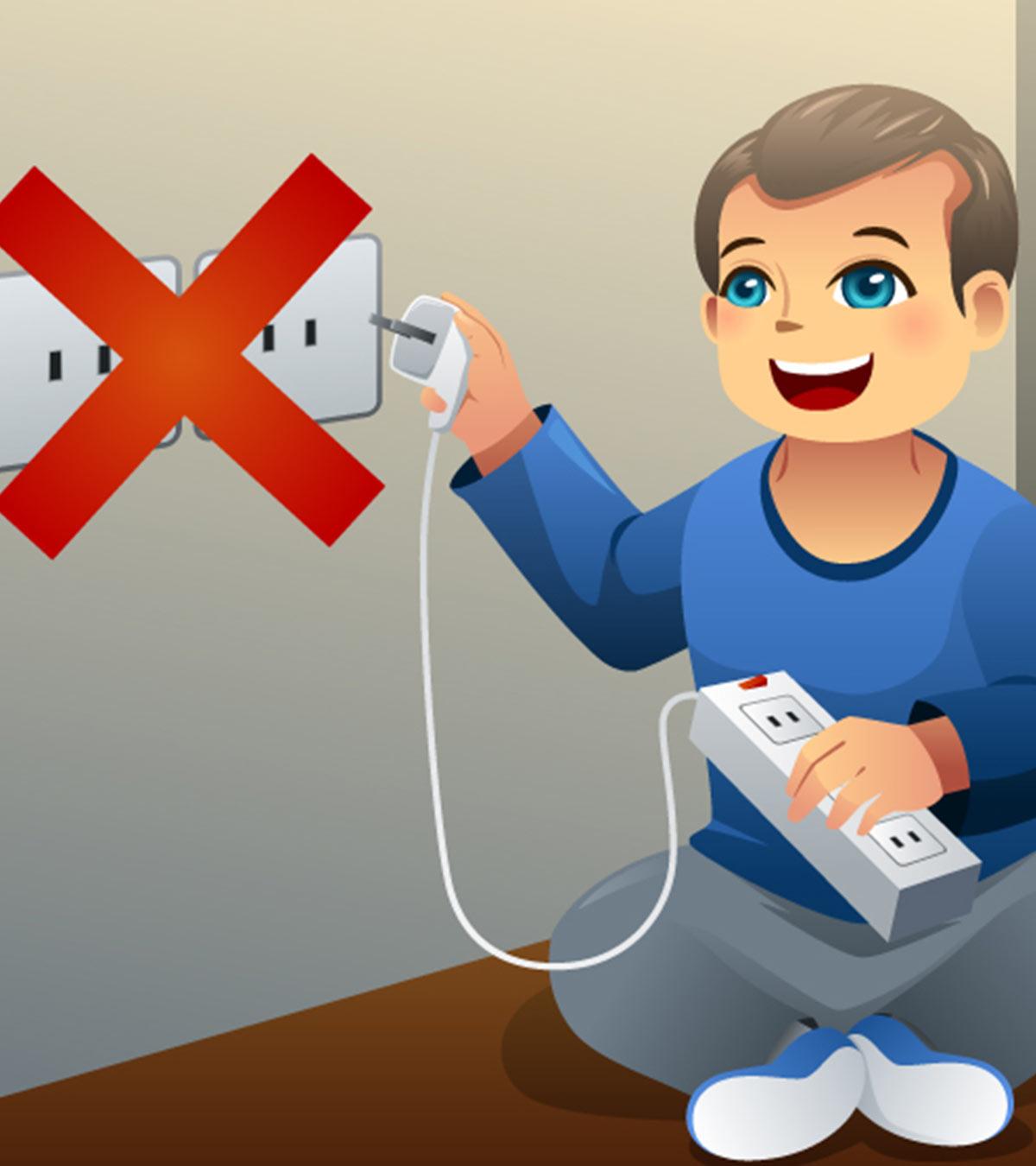It is beneficial to engage an expert to look over the electric safety devices.
A safety certificate for electrical equipment provides a record that helps ensure all issues in your home are addressed before they cause damage or injury. The installation of electrical equipment is not required to be inspected independently when it is changed, relocated or installed in any manner or it is deemed necessary to obtain a work permit. denied.
In all other circumstances the building regulations simply require that equipment be examined by a qualified person, who is not required to be an electrician. However, they should be aware of what they’re doing.
An electrical safety inspection usually involves checking the installation to ensure that it complies with the building regulations, the IEE Wiring Regulations and any instructions from the manufacturer. Issues could include excessive electrical wires, sockets that are overloaded or malfunctioning equipment that could cause a fire.

The certificate will also contain appliances that are connected to the installation like heaters, immersion heaters and kettles. They are therefore safe to use.
An electrical inspection is conducted by a qualified expert who will offer suggestions regarding how issues might be addressed prior to posing an opportunity for injury or damage.
You might be able to have an inspection of your electrical safety when you lease your home.
Safety tips for electrical safety during home renovations
Alongside replacing smoke detectors, professionals at the university advise homeowners to adhere to the following guidelines during renovations:
1. Do not remove the main switch or an isolated circuit breaker when someone is using power from another part of the house. This is the case for appliances that are connected to outlets controlled by an electrical wall switch.
2. After shutting off a circuit breaker, watch for the power indicator to be out prior to working on the wiring.
3. You can shut off an isolated circuit breaker when somebody is using it. Before beginning work using the wires that are controlled by the circuit breaker make sure that the switch on the circuit breaker is turned off.
4. Be careful making use of an extension cord to supply power. Make sure to use the shortest length, and ensure it is not overloaded. If you are using a longer cord for power-hungry appliances, make sure that it is UL-approved
5. Be aware when working with old wiring devices especially three-way switches. They haven’t been in use for many years. If not properly installed they could be in risk of shock or electrocution.
6. Only use electrical fixtures that have been tested to Australian standards such as those manufactured by Wylex, Schneider Electric, or HPM.
7. Make sure that candles are kept away from any flammable materials. Also, don’t leave candles in a dark area.
8. Wear rubber-soled shoesand stand on dry ground and don’t use frayed extension cords. Do not cut the cord from an old appliance , then plug it into a new one or a different one unless they have the same voltage rating.
If you want to learn more, click compliance check for your RCD or smoke alarm